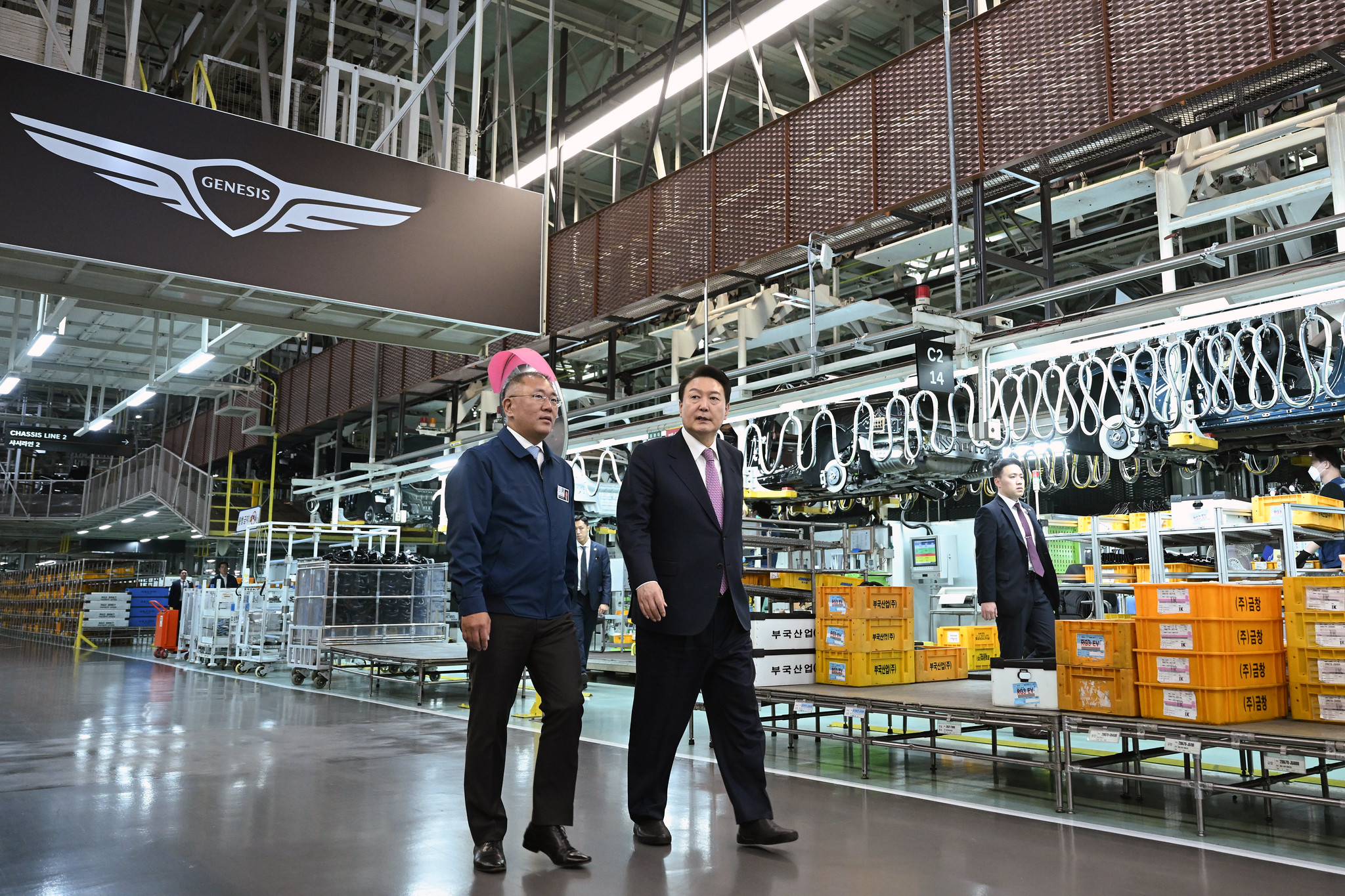South Korea’s economy is set to grow at its fastest pace in over a decade, reflecting strong consumer demand, a recovery in exports and government stimulus measures aimed at boosting domestic investment.
The Bank of Korea recently raised its growth forecast for 2021 to 4% from its earlier estimate of 3%, citing a stronger-than-expected recovery in the country’s exports and rising consumer demand. This would mark the fastest pace of growth for South Korea’s economy since 2010.
For many years, South Korea has been one of the fastest-growing economies in the world. But it was hit hard by the COVID-19 pandemic in 2020, with GDP falling by 1% over the year – the first contraction in more than two decades. However, the country has since rebounded strongly, with exports and consumer spending both showing signs of recovery.
One key driver of the economy’s recovery has been its strong export performance. South Korea is a major exporter of high-tech goods, including semiconductors and smartphones, which have been in high demand as more people work and learn from home during the pandemic. In the first half of 2021, exports jumped by more than 33% compared to the same period last year, according to the country’s Ministry of Trade, Industry and Energy.
Another factor contributing to the country’s economic growth is the government’s stimulus measures aimed at boosting domestic investment. These include investment in infrastructure projects, such as new highways and rail lines, as well as subsidies for businesses to upgrade their equipment and invest in research and development.
The government has also introduced several measures to support small and medium-sized businesses, which are a key source of employment in the country. For example, it has provided low-interest loans and tax breaks to help businesses weather the economic downturn.
Furthermore, South Korea’s central bank has kept interest rates at record-low levels to encourage borrowing and spending. This has helped to boost consumer confidence and spending, with retail sales rebounding strongly in recent months.
Despite the positive outlook, there are still several risks to South Korea’s economic recovery. One of the biggest risks is the ongoing pandemic, which could lead to renewed lockdowns and restrictions on economic activity. The country has also been hit by a series of typhoons and other natural disasters in recent months, which have caused damage to infrastructure and disrupted supply chains.
In addition, South Korea faces several longer-term challenges, including an ageing population and rising inequality. The country’s population is set to decline in the coming decades, which could put a strain on social welfare systems and reduce the country’s potential for economic growth. Moreover, income inequality has been increasing in recent years, with many young people struggling to find job security and affordable housing.
To address these challenges, the government has announced a range of measures aimed at promoting inclusive growth and reducing inequality. These include expanding social welfare programs, investing in education and training, and promoting innovation and entrepreneurship.
In conclusion, South Korea’s economy is set to grow at its fastest pace in over a decade, driven by strong exports, rising consumer demand and government stimulus measures. However, there are still several risks to the country’s economic recovery, including the ongoing pandemic and long-term challenges such as ageing population and rising inequality. The government will need to continue to implement policies aimed at promoting inclusive growth and reducing inequality to ensure sustainable economic growth in the long term.
Photo Credit: Republic of Korea, flickr https://flic.kr/p/2omR2av


Comments